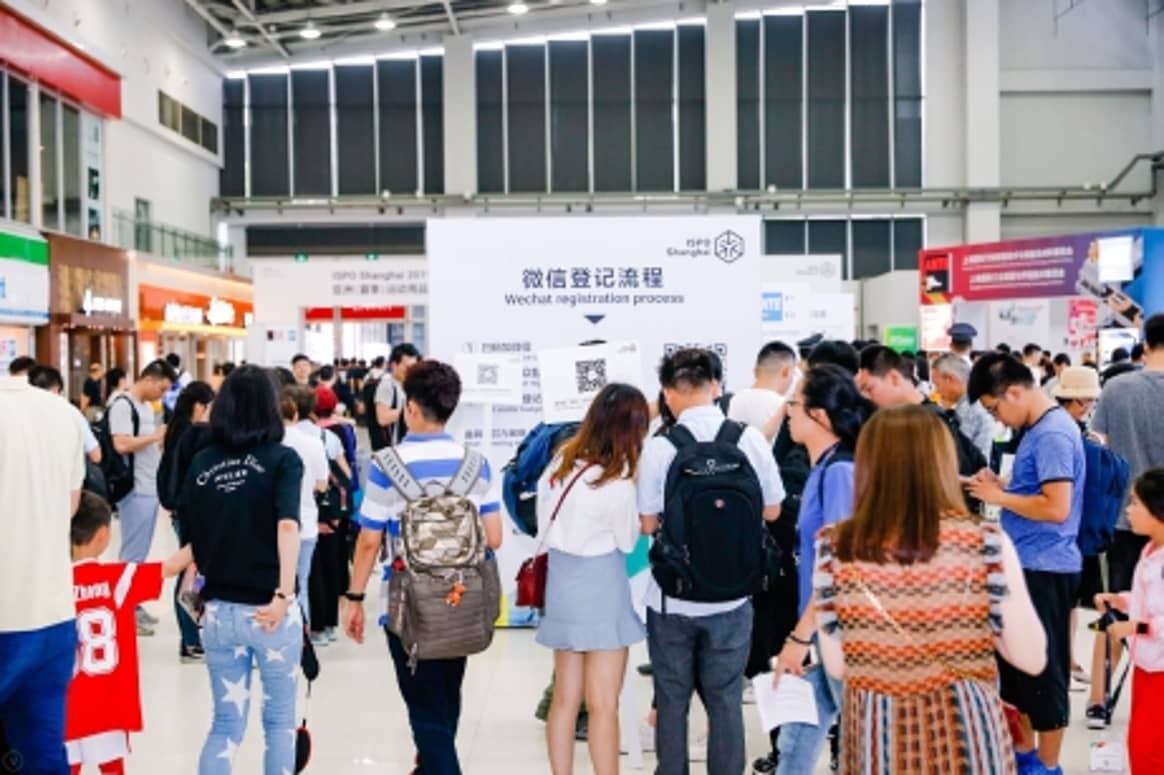Engaged in the clothing industry for 20 years.

ISPO head Tobias Gröber: ‘Every company will need a sports strategy in the future’
On 28 November, the Ispo Munich sporting goods trade fair begins in
Munich, where the new products for the coming autumn/winter 2024/25 season
will be presented. Akin to other categories, the situation in the sports
industry is also tense due to consumer restraint. Nevertheless, the current
figures from the trade fair give cause for optimism.
Tobias Gröber, head of Ispo Group and long-time industry expert, is
convinced that this is expected. Sport is not only a huge global economic
market, it also has an ever-increasing social relevance that more and more
companies are becoming aware of. FashionUnited spoke to Gröber about how
the sports market is developing, what this means for ISPO and what
highlights he would like to surprise attendees with at ISPO Munich.
Ispo Munich is just around the corner – what is the current booking
status? How many exhibitors will be coming to the trade fair?
We are very pleased that we are opening this year’s Ispo Munich with a
significant increase compared to 2022. We are growing from 1,500 to 2,300
exhibitors and the internationality is also increasing significantly
again.
Which new or long absent exhibitors can we look forward to?
New exhibitors include the Oberalp Group with the brands Wild Country &
Evolv and LaMunt as well as Bauerfeind and Plein Sport. In addition, the
outdoor and mountain sports brand Blackyak from South Korea, Leki, Bench,
Casco Helmets, the L-Fashion Group with Luhta, Icepeak, Rukka, Dachstein
and Torstai have been won back as exhibitors. And in the newly curated
platforms ISPO520M by Highsnobiety and Zeitgeist, for example, the brands
The North Face, Salomon, Faction, Being Hunted, Mammut, Slam Jam,
AndWander, Snowpeak and Fila [are included].
What about exhibitors from Asia? Have they been able to return to
pre-pandemic levels?
We have seen significant growth since the end of 2022, now that
travelling is possible again – including from Asia. That’s why we’ve
expanded from 10 halls last year to 11 this year. All halls are very well
booked and our concept adjustment with maximum sizes [maximum 200 square
metres per brand], three instead of four trade fair days and the new date
at the end of November/beginning of December is a complete success.
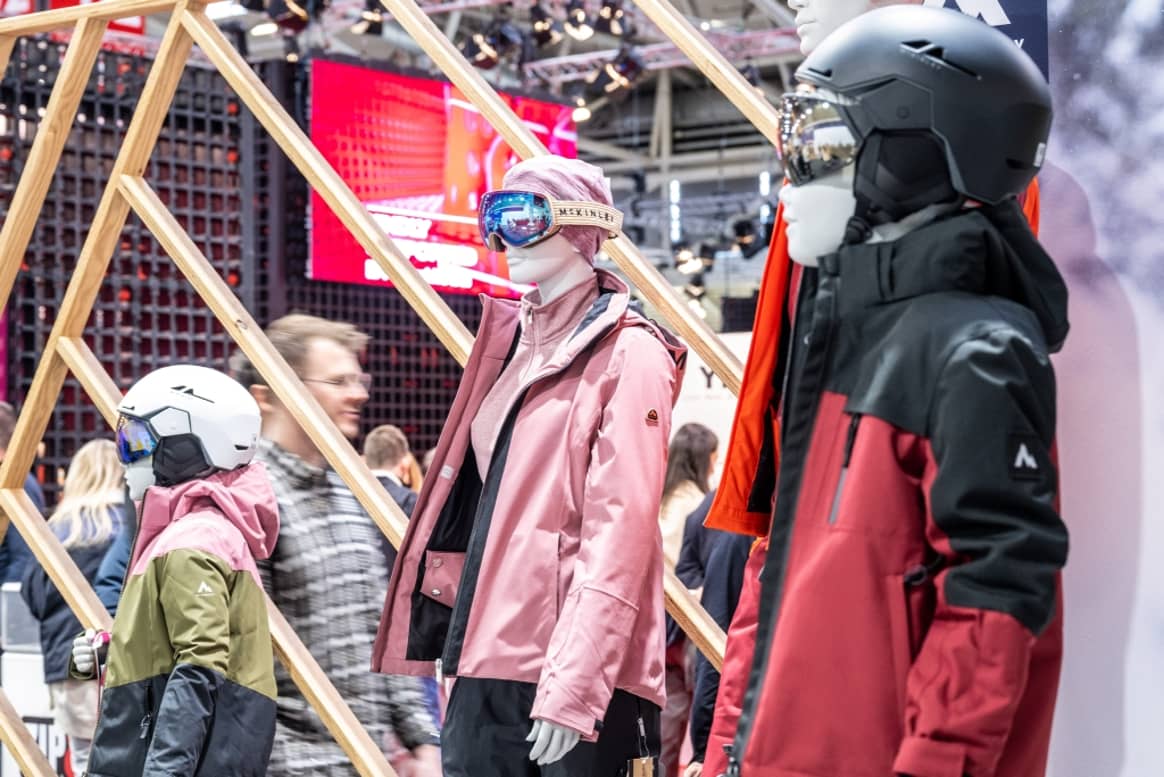
What innovations and highlights will there be at the trade fair?
After last year’s successful kick-off, the Future Lab in Hall B1 will
once again be significantly developed and expanded – as a central element
of the trade fair, visitors will find six themed areas dedicated to
innovation and the transformation of the sports industry: the Brandnew Area
will showcase start-ups and up-and-coming brands that may revolutionise the
sports industry in the future. The winners of the prestigious ISPO Award
can also be seen here.
New is the expanded main stage in the Future Lab with space for up to
500 spectators, additional themed stages and the expansion of the
conference programme with interactive and inspiring keynotes as well as
interviews and workshops with the who’s who of the international sports
industry.
In the Sports Travel Hub, we will discuss the future of sustainable
tourism and winter sports, and with the GTS [Global Trainer Summit] we will
offer coaches in international competitive sport an opportunity to exchange
ideas in the future.
As a global platform for the sports business community, we have
integrated exciting partners such as the Yunus Sports Hub, the Laureus
Foundation, the German Sustainability Award and Change Now as well as media
partners such as Sport Illustrated into the concept.
The fashion world is also becoming increasingly sporty. What could be
of particular interest to fashion professionals?
In terms of fashion, this year’s ISPO Munich has two highlights to
offer: The collaboration with the famous fashion powerhouse Highsnobiety
will continue this year. In the curated area ISPO520M by Highsnobiety,
named after the highest point in Munich, an interface between sport,
outdoor, fashion and culture will be created. Together with the expertise
that Highsnobiety brings, we want to address the fashion-oriented Gen Z and
cultural pioneers and win them over as a new target group for sports
fashion brands. Our new Zeitgeist platform will also have its own area in
the Future Lab: this is where the most creative minds from various
industries come together to revolutionise sports fashion – products and
brands that are already doing this will be on display.
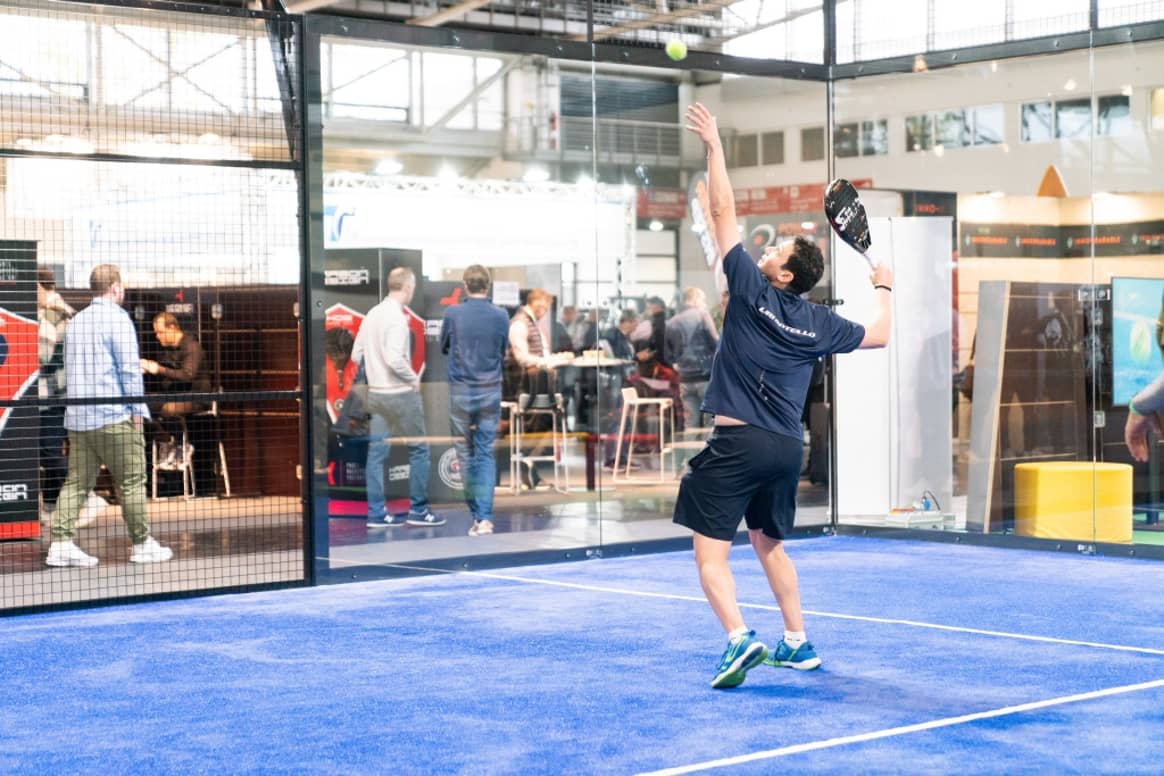
Munich. Credits: Messe München
Is there a new hype in the sports business, for example a new sport
that is currently inspiring a lot of people?
Padel is still a new sport that is taking off in Germany. This leads to
exciting growth potential, which is why the sport will also have its own
area at ISPO this year.
The topic of health has become increasingly important since the
pandemic. Every company, whether large or small, craft business or global
player, now needs a sports strategy. The background: society is getting
older and older, which means that healthcare costs are exploding and this
in turn means that we have to work longer, which means we have to stay
healthy for longer. Exercise and sport are the most natural means of
achieving this. That’s why the WHO [World Health Organisation] is here with
us and part of our conference programme.
Let’s talk about the sports market. How is the sports industry doing at
the moment? What issues is it currently dealing with?
Like many consumer goods markets, the situation is tense: stocks are
currently well stocked, but at the same time consumers are holding back on
spending. The reason for this is the uncertainty caused by the war and
conflicts in Ukraine and Israel, inflation and the general atmosphere of
uncertainty. Climate change and its consequences are also impacting the
industry, especially the winter sports segment. This is particularly
noticeable when it comes to hardware. Nevertheless, the sports and outdoor
industry is doing quite well, and growth has been there in recent years
despite everything.

Credits: Regina Henkel / FashionUnited
What signals are you getting from retailers?
The situation regarding the availability of goods has eased. Many
retailers are concerned about full warehouses and reluctance to buy. The
shortage of skilled labour and succession issues are also seen as a
challenge at the moment.
During the pandemic, retailers have learnt that they can do without
trade fairs. How do you mobilise retailers to come to Munich?
The pandemic has shown one thing above all: physical meetings cannot be
replaced digitally. Since the end of the lockdown, this has been shown not
only by the growth of trade fairs within Messe München, but also by past
events within the ISPO Group. OutDoor by ISPO got off to a great start in
2022 and visitor numbers have also grown this year, including international
ones. Our Chinese trade fairs have also experienced significant growth in
visitor numbers, and ISPO Munich 2022 was very well attended last year
despite the lockdowns in Asia and the general reluctance to travel.
But we are also currently changing our structure. Sporting goods remain
our base – that is our DNA and our origin. However, we are currently
noticing that more and more target groups from the broader sports market,
such as from the health and tech sectors, but also from tourism, eSports,
infrastructure, training, associations and clubs as well as investors are
discovering ISPO as a platform for themselves. And we are embracing this
trend with new formats and offerings: the Future Lab and its topics as well
as new formats such as Innovation Labs, Masterclasses, Scenario Planning
etc. are examples of this.
Online retail has experienced enormous growth rates in recent years and
is now stagnating for the first time. At the same time, we can see that
many consumers still like to shop in bricks-and-mortar stores. Does that
reassure you as an exhibition organiser?
Many companies that believed that D2C was the only true solution before
or especially during coronavirus are now realising that the complexity has
increased significantly and that they have to solve problems that were
previously handled by local retailers.
The [naive] calculation that D2C is cheaper in the long term doesn’t
work, because with increasing internationalisation in sales, problems such
as cross-border returns, SEO and SEA in ‘x’ languages and ‘x’ customer
service have to be solved. As is so often the case, there is no “either or”
way or “one” strategy, but always a “both/and”. This is why a healthy
multi-/omnichannel approach including physical retail is needed. I am
convinced of this.
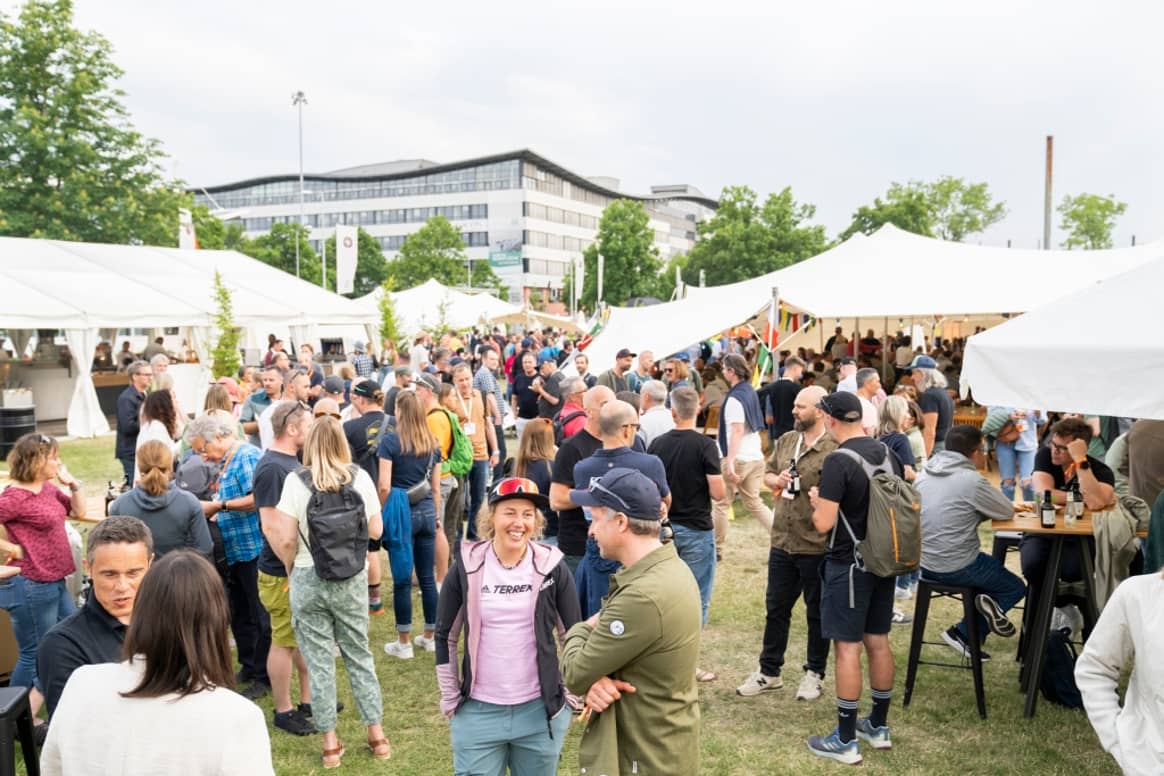
exhibition centre, but at the MOC in Munich. Credits: Messe
München
What does this mean for you as an exhibition organiser? Trade fairs are
also competing with digital solutions today.
This also applies to trade fair platforms: Only physical no longer works
today. Just as physical size, the “square metres”, is no longer an
indicator. This year, companies are taking part in ISPO Munich for whom a
trade fair stand no longer makes sense and who are pursuing a different
goal than presenting their entire collection to specialist retailers. The
transactional function is still important to many customers, but there are
an increasing number of customers who want to increase their reach or
reposition the brand. This requires different formats and a different type
of presentation. The entire collection no longer needs to be on display,
but rather highlights. More creativity in staging and the on-site
experience is needed to reach new dimensions and target groups.
We are convinced that companies that only define themselves through a
product will have a hard time in the future, because then they are
interchangeable. Consumers want brands with a real story and emotional
added value. And this is where the sports and outdoor industry has an
advantage per se, as there are so many authentic and genuine stories to
tell. This is proven by this year’s Future Lab speakers and their life
stories alone.
You have already mentioned the topic of health and have long emphasised
that the topics of sport and health belong together. How are you developing
this connection further?
In 2022, Therapie München – a cooperation with Messe Leipzig – was held
alongside Ispo Munich for the first time. We will continue this
cooperation, with Therapie München taking place every two years alongside
ISPO Munich. The target group is physiotherapists and sports physicians.
With the Gamechanger Sports Hub, we are showcasing the topic of exercise
and health in the context of technology. From AI/KI applications and VR
[virtual reality] tools to physical eSports, we show how exercise and
therefore health can be promoted through technology.
This year, JOMPVention [Joy of Movement Pioneers Convention] is taking
place for the first time. This is where international associations,
universities and organisations develop playful stimuli for intrinsic
motivation to move in cities, rural areas, companies and educational
establishments such as schools. We are working on the WHO’s MOU [Memorandum
of Understanding] via the World Federation of the Sporting Goods Industry.
All this against the backdrop of the foreseeable explosion in healthcare
costs. The WHO estimates an increase of 300 billion US dollars in
additional costs for governments by 2030 if the activity rate does not rise
soon.
We are launching a new format next year with the Global Trainer Summit
to offer top instructors and trainers across disciplines a platform for
exchanging expertise and experience, which will also have a positive impact
on grassroots sport. And we are currently preparing further partnerships
and activities to integrate and promote the topics of corporate fitness and
corporate health on our platforms. As I said, every company will need a
sports strategy.
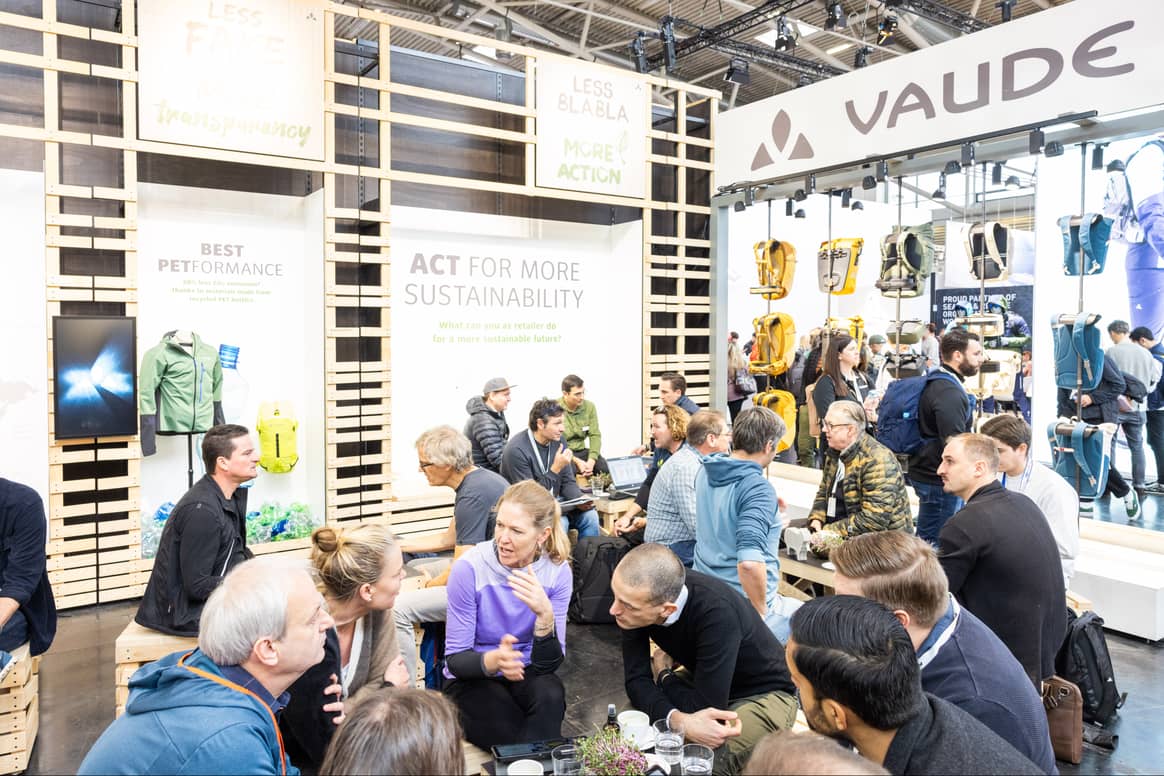
Years ago you started to network the various events at Messe München
more closely with each other, because it is precisely from these
connections that new things can emerge. You describe yourself on LinkedIn
as an Industry Connector. How did the cross-industry project develop?
The idea of networking the most important stakeholders within an
industry is an obvious one. As Messe München, we have the great advantage
that we not only own the exhibition centre, but also the most important
industry trade fairs. This gives us direct access to new technologies and
solutions that consumer goods customers are looking for.
With the Now.Partners network, we offer year-round innovation labs on
the biggest challenges facing the industry, as well as new formats such as
scenario planning and mini-innovation labs on site at our trade fairs.
Always in a mix with industry insiders, industry participants and external
topic experts. The aim is always to ensure that solutions that already
exist in one industry and are being sought in another, but are not known
there, can be applied more quickly. This creates added value and a USP.
In addition to Ispo Munich, there are also the two Ispo events in
China, Ispo Beijing and Ispo Shanghai. How have these trade fairs
developed?
Corona has been a positive booster for our events in China in many ways.
Here, too, people want to get out into nature to exercise. The pandemic has
burnt the importance of health into the collective consciousness of the
Chinese population.
I find it particularly exciting to see how consumers have changed in
recent years. They are much sportier in appearance and clothing, more
creative in their mix – the term “cultural pioneers” now also fits here
with visible large tattoos and a good style mix of outdoor and fashion.
Both events in Beijing and Shanghai are currently running from one
visitor record to the next. The international brands are not yet
represented directly, but mainly through their distribution partners.
What’s more, local Chinese brands have experienced strong development in
the coronavirus era, with their own design, innovations and quality. In
addition, there are already ideas and concepts for adding ISPO platforms to
other cities in China. The demand is definitely there. Not only in China
itself, but also in the neighbouring regions.
